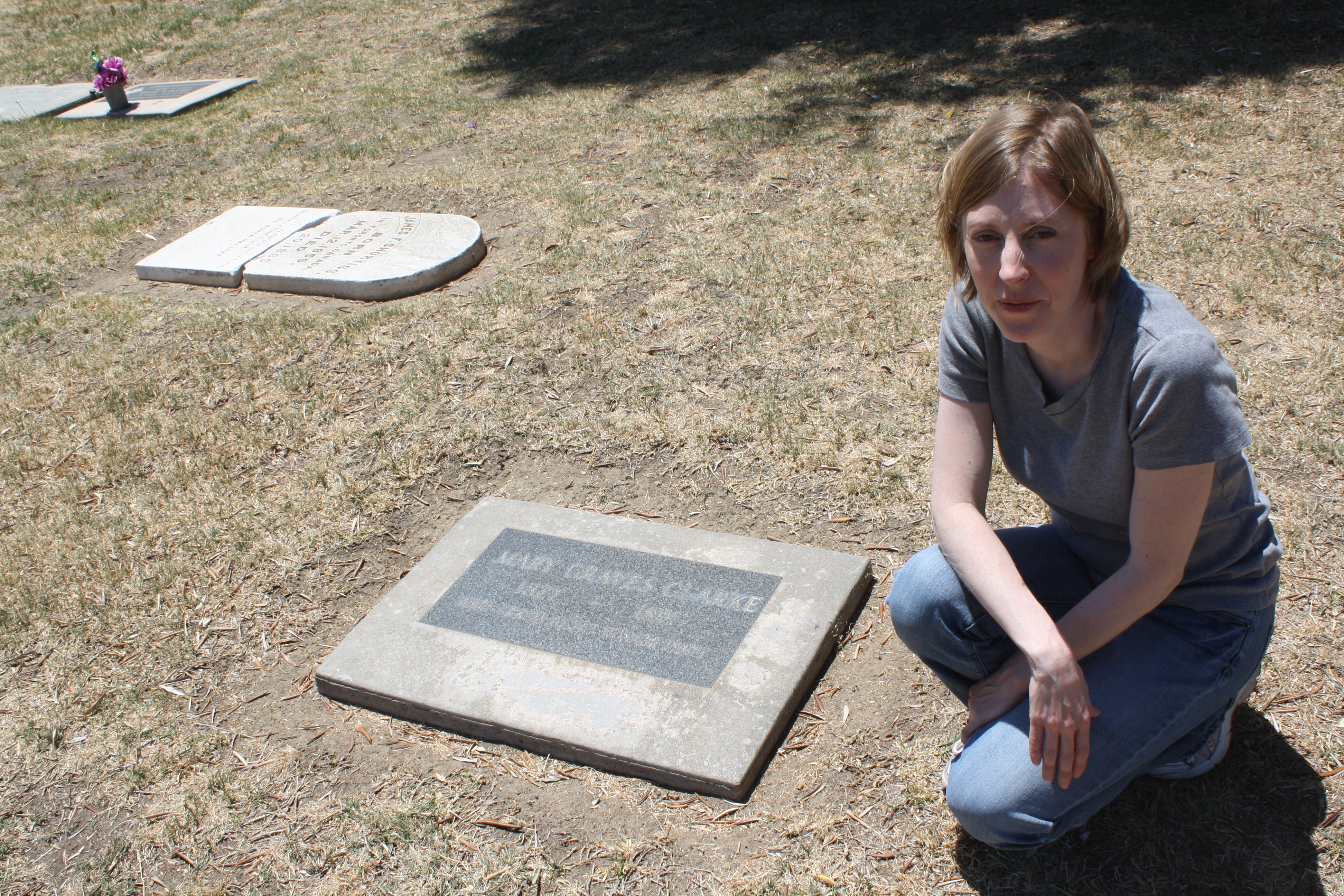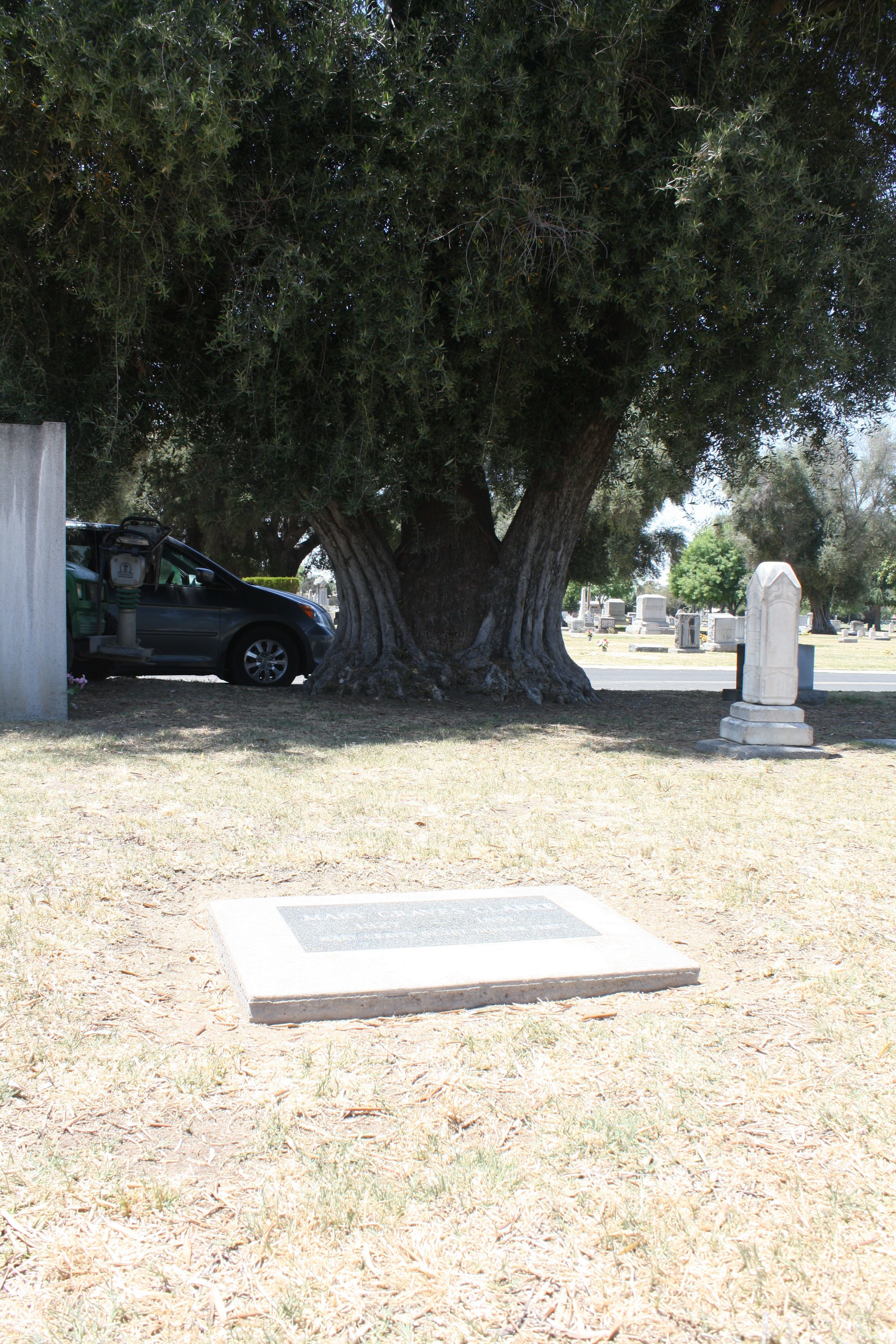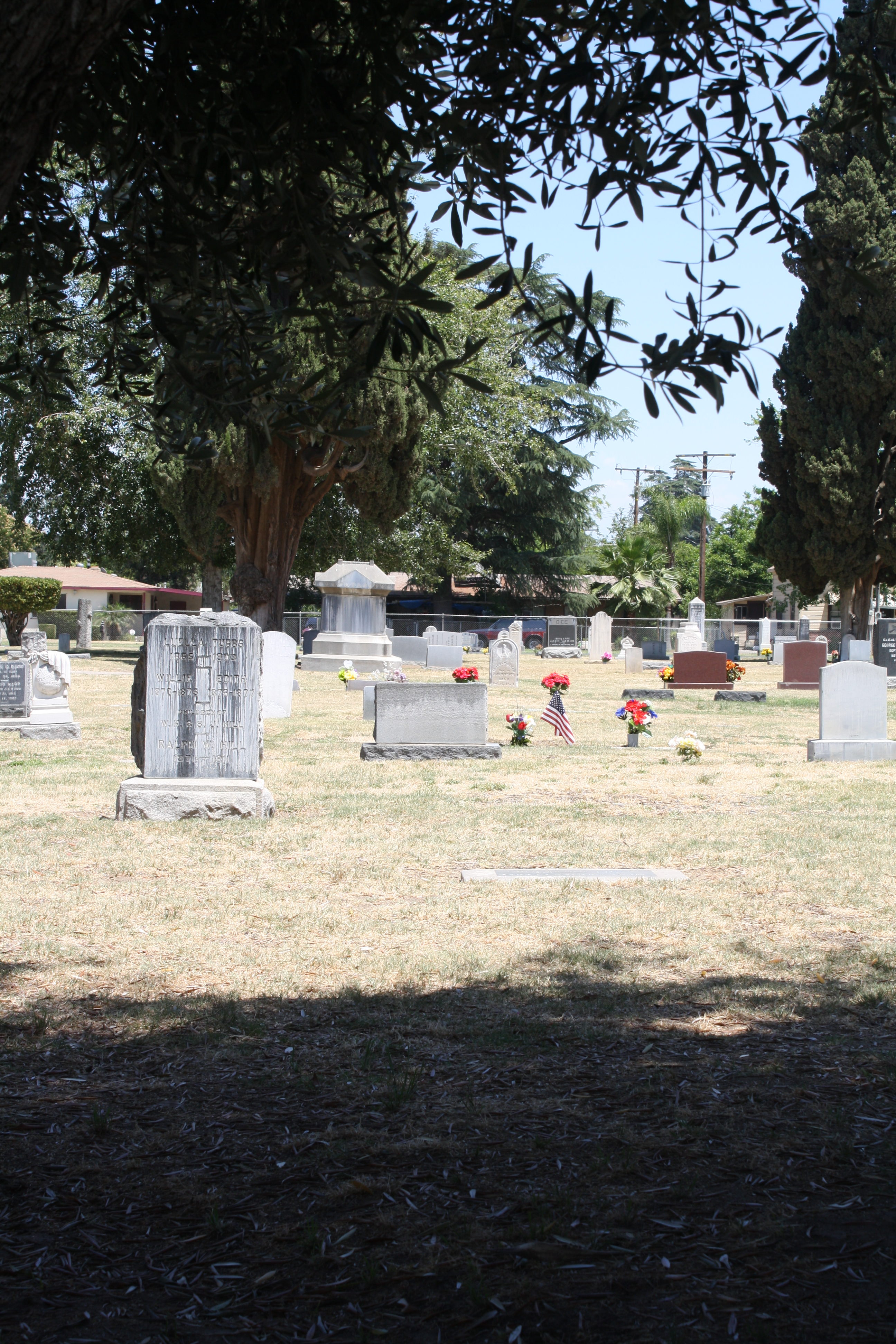Last spring, I had the good fortune to retrace the steps of the Donner Party. This post is part of the story of my journey. If you want to begin at the beginning, go here first. Big thanks to the Indiana Arts Council for helping to make this happen.
After Mary and Sarah and others stumbled into the Johnson Ranch, 32 days after they left the camp by the lake, they were transported to Sutter’s Fort where they’d be staying for weeks to recover. They were emaciated and had to eat small bits of food slowly. (Some perished at the fort from eating too quickly.) And they had to let their bloody, swollen, frostbitten feet heal.
Sutter’s Fort was where they’d been trying to get to all along. It was the place they were hoping to replenish supplies and break up their group, going their separate ways into various places throughout California. Places without harsh winters, where life would be easier.
I wonder where the Graves family would have settled if things had turned out differently for them. If they’d all remained alive.
Sutter’s Fort is where Mary married her first husband that spring. Her feet were probably still in pain when she stood up to recite her vows. Her heart, I imagine, was numb.
I didn’t go to Sutter’s Fort on this trip—maybe on the next one. We took a detour after we left Donner Lake and did some non-Donner Party sightseeing in northern California. But after we left there, we had one more Mary Ann Graves stop to make.

I knew from an internet search that her body was buried in a public cemetery in Visalia, California. I’d envisioned a small little cemetery—I don’t know why. I was looking forward to wandering around for a bit until one of us happened upon her stone.
But that would never have happened. The cemetery was much too large for that. I don’t think we would have found it that day, wondering on our own. I was immediately disheartened, searching on my phone for some clue on the internet as to where exactly the grave might be. There was none.
But never fear because there was an office. We pulled in and I sighed with relief. Until I tried to open the door. Which was locked.
A sign said they were closed for lunch. Okay. So we went downtown and found some lunch ourselves and I tried not to fret about whether they’d be open when we got back and if not how in the world would we ever find it and we’d come all that way and I really wanted to see it and what if we couldn’t find it and…my kids and husband were reassuring me. “We’ll find it. We’ll all search. We can do it. It’s no big deal.”
Luckily when we got back the office was open. And after waiting in line for a bit, a nice man asked me, “Can I help you?” And I said, “I’m looking for a particular plot.” And he said, “Sure thing, let me get the book. What’s the name you’re looking for?” as he turned to walk into another office. I called out, “Mary Graves Clarke,” and he stopped walking and turned back to me.
“Oh, sure. I don’t need the book for that. I know exactly where it is. Let me get my truck and you can follow me.”
He led us right to it. (I still think there’s no way we would have ever found it on our own.)
He and I stood there at the stone for a bit. He told me the stone was fairly new—someone had installed it in the 1980s. He said her son and husband—second husband, he was quick to add—were likely buried right next to her, though their graves were unmarked.
He didn’t ask me why I was there.
“You knew right where this was,” I said. “Is that because…do you get people coming here a lot to look at it?”
“Oh, not that often,” he said. “But we do get people now and then. I had a lady come by last week who’d just seen something on the television about the Donner Party and was interested.”
I told him that I wasn’t related to her. But that I…had been…sort of a little obsessed with for the past three years. That I’d read her letters and about her life and ended up writing a book about the Donner Party—about her.
He nodded like that all made perfect sense.
“It’s such a tragic story,” he said. “They used to teach it when I was in school. They don’t teach kids about it anymore. I don’t know why.”
And then, he left me alone.
No amount of time there would have been enough. I was a little overcome. I hadn’t expected to feel that way. I don’t think I thought about how I’d feel. But there I was, just inches above what was left of Mary Ann Graves Clarke. Just a bit of dirt between me and whatever is left of her bones—those same bones that amazingly got her through this unimaginably difficult thing.
The husband and kids got out of the van to come look but they retreated almost immediately. (Snot-faced tears running down a crazy lady’s face will do that to people.) I stood there a minute, wishing I’d thought to bring something. Wondering who visited her grave now. Wondering what it looked like there when her family buried her over a century ago.

There’s a tree close to her grave. A regular tree—just some kind. And then…there’s this palm tree growing up right in the middle of it.
“Look at that tree,” my husband said. “That’s crazy.”
I looked at it. I knew there was some kind of metaphor there but I was too emotional to think straight.

Mary Graves Clarke died in 1891 from pneumonia. It was three days after she’d buried her son, who also died from pneumonia and whom Mary had been caring for up until he died. Her husband would be dead just a few months after that.
It wasn’t the first child she’d buried.
She watched so many people around her die. She did things I can’t imagine doing, not just in order to survive, but so that she could find help for her family and keep her siblings alive.
She knew so much loss. I can’t wrap my head around it.
What a strong woman.
I hope I’ve done justice to her story. And that nothing I’ve written would offend her or her family in any way.

Rest in Peace, Mary.

